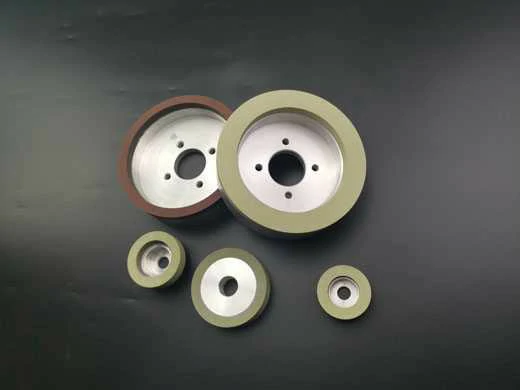DXF is one of the formats that allows divergent design tools to communicate for design sharing. It serves as the supplier of precise and reliable information to the full range of CNC and CAM equipment to manufacture products as designed.
What Are the Types of DXF Files?
DXF files have existed in two formats historically—exclusively ASCII from 1982 to 1988 and binary and ASCII from 1988. Current DXF tools that operate the open-source file structure correctly can handle both types. DXF originated as a drawing format to allow organizations outside Autodesk to use their data without getting proprietary DWG format data. The switch to 3D data enabled the sharing of 3D files as the wider CAD market (and AutoCAD) evolved. Therefore, there are 2D and 3D DXF files, both of which can be utilized by tools that comply with the Autodesk open-source standard.
What Are the Best DXF File Converters?
The best DXF file converters are:
- Bear File Converter: The Bear File Converter is a reliable and easy-to-use tool that will handle DXF to STL conversions for files of 50 MB or less. Bear also handles conversion to DXF well.
- Filestar: The Filestar DXF to STL converter is an installed, lightweight tool that avoids complications. Though it is not widely known, it is well supported and performs its task well.
- FreeCAD: FreeCAD is equipped to perform a wide range of file conversions and, with a little practice, will allow users to do much more than simply converting file formats.
What Are the Best Applications for DXF Files?
There are many applications that allow more than just viewing and reviewing DXF files. Below are some of the best applications:
- SolidWorks and Solidworks Electrical: SolidWorks is a leading professional design package that puts massive 3D power within easy reach. Icon-driven menus make it easy to learn the basics. The downside is that it is expensive, with an annual fee of $1,295.
- FreeCAD: FreeCAD is a free and modest package that will nonetheless provide powerful design capabilities and allow rapid skill development. It is widely used and well-liked, with a great online community and many free DXF files.
- GrabCAD: GrabCAD is a simple design tool aimed at the home/maker sector—but it is still quite capable in 3D modeling terms, and it's free. The community around GrabCAD is great at file sharing, so there are a lot of free DXF files to explore while learning to use the tool.
Is a DXF File the Same as a CAD File?
Yes, a DXF file is the same as a CAD file in that DXF is a CAD format. However, the DXF file format was specifically created to allow AutoCAD users to provide data to non-AutoCAD users and manufacturers without sending out their “native” DWG data. DXF is not a design format. Design is carried out in one of a wide range of CAD packages with a native format. DXF contains (almost) all of the design data and is widely accepted as a CAD communications tool.
What Is the Difference Between a DXF and an STL File?
DXF and STL files have several differences. STL 3D printer files store a 3D form as a series of 2D polygons (generally triangles) with standardized X-Y-Z coordinates for the corners. It also has a “unit normal” line of length 1 unit to indicate the outer face. DXF, on the other hand, stores the definitions of edges and curvature as pure mathematical functions. This approach produces a much higher precision interpretation of a 3D shape, however complex. Another difference is that STL will often mishandle the common axes of two polygons and make them coincident but not joined. This results in a file fault that must be repaired. DXF is very precise in the joining of surfaces, as the correlation line between them is defined mathematically—and only once. STL is a simple and lightweight system that generally contains only sufficient data to reproduce a body’s surface. This representation is approximated by a linear and angular resolution (triangle size) that is defined as the file is created. DXF is a much more content-heavy format that describes a part or assembly at very high resolution at all times. Lastly, STL can carry color information in binary format, but this facility is rarely used. DXF applies a color number to each mathematically generated surface, and this information is intrinsic to the file format.
.webp)



